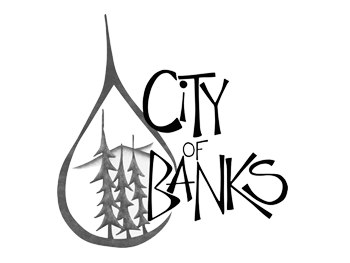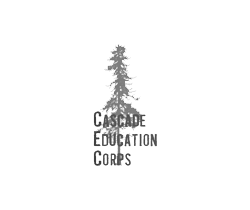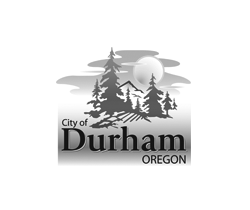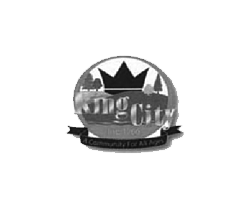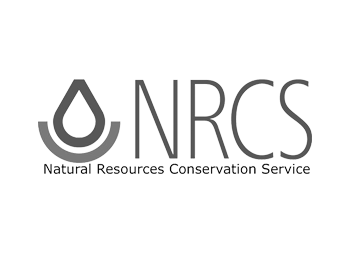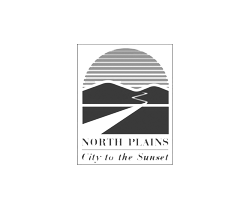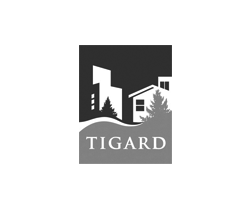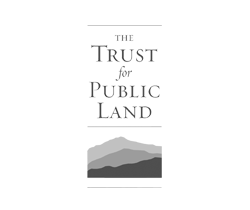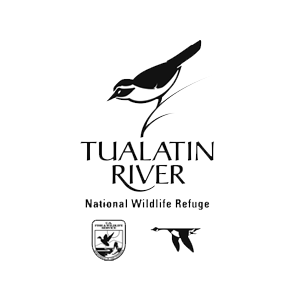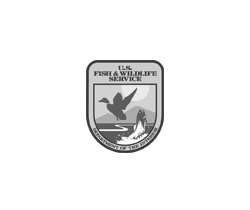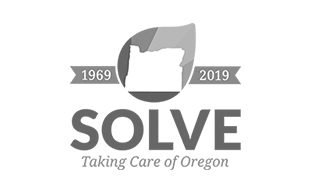
Over time a habitat mosaic of open water bordered by a diverse assemblage of trees, shrubs and herbaceous plants will develop and occupy the landscape at Jackson Bottom. These habitat mosaics maximize the plant and animal diversity while addressing flooding and enhancing water quality in the Tualatin River.

A scrub shrub plant community, planted several years ago, exhibits the enhanced structure, safety from predators, food and water resources, and breeding habitat offered to wildlife.

Logs and newly planted vegetation form key wildlife habitat features to offer nesting, cover, food sources and water for the various species that call Jackson Bottom home, including beavers, ducks, egrets, herons, turtles and frogs.

An example of an emergent wetland. Bird houses and habitat features have been added by Preserve staff members, contractors and volunteers.

Visitors spot hundreds of bird species nesting, breeding, resting and feeding throughout Jackson Bottom Wetlands Preserve.

An aerial view of Oak Island Marsh.

Snags (dead or dying trees) provide key habitat for the various species of bugs and woodpeckers commonly found in the region. Wildflowers provide valuable nectar resources for the many pollinators of Jackson Bottom.









